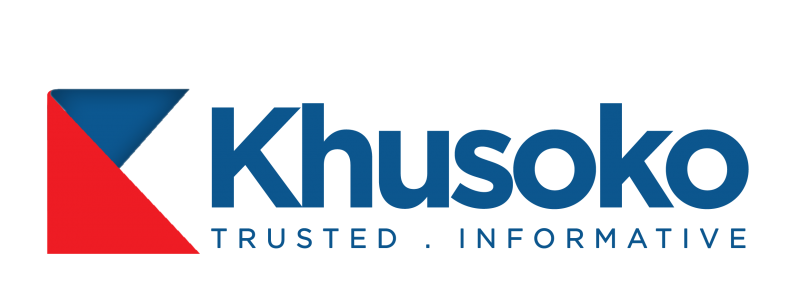Kenya will host the global Open Source Program Office (OSPO) under the Open Source Ecosystem Enabler (OSEE) project, a joint initiative by the International Telecommunication Union (ITU) and the United Nations Development Programme (UNDP), backed by the European Union (EU).
Announced at the World Telecommunication Development Conference 2025, the OSPO aims to advance open-source software development and digital capacity building across Africa, addressing the continent’s low representation in global open-source contributions, as evidenced by a 2022 study showing no African nation among GitHub’s top 30 contributors.
Open-source technologies, such as Linux, Mozilla Firefox, and WordPress, provide freely accessible source code, enabling collaboration, innovation, and cost-effective solutions. The OSEE project will support the public and private sectors in adopting these technologies for digital government services, strengthening digital ecosystems, and promoting digital public goods (DPGs).
The EU-funded initiative aligns with efforts to achieve 70% of the Sustainable Development Goals (SDGs) through digital technology, emphasising privacy, innovation, and inclusive systems.
The OSPO will offer technical support, training, and guidance to foster open-source ecosystems. Complementary initiatives include a EUR 15 million broadband mapping project for African nations and a digital public infrastructure roadmap for Kenya.
ITU’s Dr Cosmas Zavazava called OSEE a groundbreaking effort for developing nations, while UNDP’s Camilla Brückner highlighted the open-source potential to transform lives. In 2023, UNDP and ITU supported over 100 countries with digital connectivity and public service enhancements.
Open Source Trends in Africa
African governments, particularly in Kenya, South Africa, and Nigeria, are increasingly adopting open-source software to cut costs and drive innovation in public administration and education.
Startups leverage tools like Linux and Python for scalable solutions, while vibrant developer communities, such as Python Nigeria and She Code Africa, contribute to global projects and host collaborative events.
Local innovations like Ushahidi and OpenStreetMap address regional needs, and initiatives like Code for Africa enhance transparency.
Open-source applications in health and agriculture improve productivity, while organisations like Andela and the Living Open Source Foundation provide training.
The rise of Open Educational Resources (OER) and open-source hardware, such as Arduino and Raspberry Pi, fuels advancements in IoT, robotics, and renewable energy. Governments are also promoting open data policies to boost transparency.
Benefits of Open Source
- Cost Efficiency: Free access reduces licensing costs, enabling savings and community-driven support.
- Flexibility: Customizable code aligns software with specific needs, ensuring adaptability.
- Transparency & Security: Open code allows rapid vulnerability fixes, enhancing security through community scrutiny.
- Collaboration & Innovation: Global contributions accelerate feature development and functionality.
- Reduced Vendor Lock-in: Freedom to choose support options avoids reliance on single vendors.
- Reliability & Quality: Extensive community testing ensures fewer bugs and higher standards.
Challenges
- Volunteer Dependence: Inconsistent progress due to reliance on volunteers.
- Diversity Needs: Inclusive participation is critical for community vitality.
- Documentation Gaps: Maintaining up-to-date resources requires effort.
- Security Risks: Open access increases vulnerability exposure.
- License Compliance: Adhering to terms prevents legal issues.
- Integration Issues: Compatibility with existing systems can be complex.
Implementing Open Source
Transitioning to open source demands cultural and operational shifts. Governments must foster openness, build skills, and manage change to overcome resistance.
Open source can drive digital transformation, enabling internal development and open data initiatives, positioning it as a cornerstone for sustainable, inclusive urban digital ecosystems.




